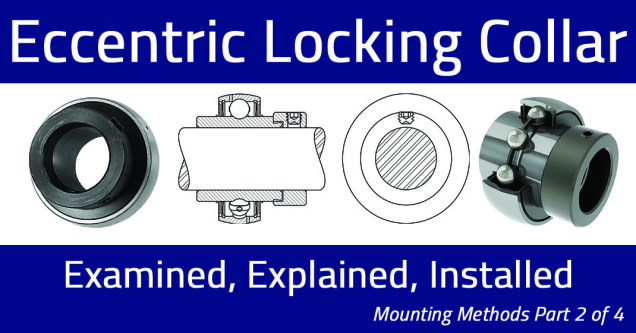The dealkalization of water refers to the removal of alkalinity ions from water.
Chloride cycle dealkalizers operate similar to sodium cycle cation water softeners.
See : How a Zeolite Water Softener Works ?
Like water softeners, dealkalizers contain ion exchange resins that are regenerated with a concentrated salt (brine) solution - NaCl. In the case of a water softener, the cation exchange resin is exchanging sodium (the Na ion of NaCl) for hardness minerals such as calcium and magnesium.
A dealkalizer contains strong base anion exchange resin that exchanges chloride (the Cl ion of the NaCl) for carbonate, bicarbonate and sulfate. As water passes through the anion resin the carbonate, bicarbonate and sulfate ions are exchanged for chloride ions.
What’s Wrong With Alkalinity?
Dealkalizers are most often used as pre-treatment to a boiler and are usually preceded by a water softener. Alkalinity is a factor that most often dictates the amount of boiler blowdown. High alkalinity promotes boiler foaming and carryover and causes high amounts of boiler blowoff. When alkalinity is the limiting factor affecting the amount of blowdown, a dealkalizer will increase the cycles of concentrations and reduce blowdown and operating costs.
The reduction of blowdown by dealkalization keeps the water treatment chemicals in the boiler longer, thus minimizing the amount of chemicals required for efficient, noncorrosive operation.
Carbonate and bicarbonate alkalinities are decomposed by heat in boiler water releasing carbon dioxide into the steam. This gas combines with the condensed steam in process equipment and return lines to form carbonic acid. This depresses the pH value of the condensate returns and results in corrosive attack on the equipment and piping.
Naturally occurring alkalinity comes in the form carbonate and bicarbonate. When alkalinity enters the boiler, it breaks down into OH– and CO2. CO2 (gas) exits with the steam and forms carbonic acid as the steam condenses (pH < 6.0). Left untreated, low pH water can potentially rot out the condensate network.
Some physical indicators of carbonic acid attack are the thinning of carbon steel piping along the bottom curvature of the pipe, leakage of condensate at points of low wall thickness (ie. threads) and erosion at control points like traps or control valves.
Condensate Chemical Treatment for Alkalinity
Whenever possible, we should strive to “remove rather than treat for” and in order to formulate a proper pre-treatment solution, a thorough understanding of incoming water quality is required..
A common chemical treatment is to add neutralizing amines to the boiler feedwater or steam header. When the steam condenses, the neutralizing amine will neutralize the effect of the carbonic acid and maintain the pH at an acceptable level to prevent corrosion. The degree of alkalinity in the boiler feedwater determines amine requirement (ie. the required application rate for volatile amine is likely significantly greater for the boiler operating on rural ground water than the same boiler operating on great lakes surface water)
















































